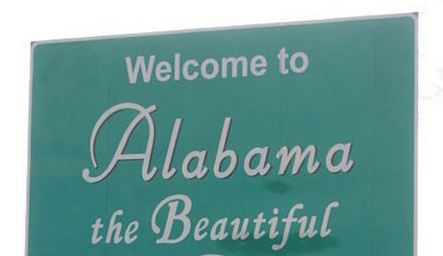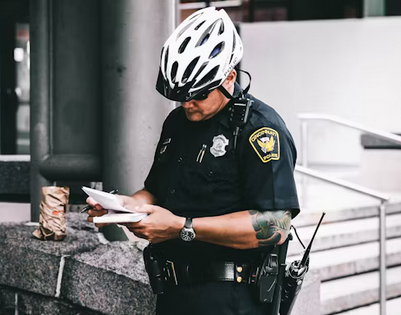Rattlesnake Populations in Georgia: A Closer Look at Venomous Residents
There are six venomous snake species found in Georgia, with three of them being rattlesnakes:
- Timber Rattlesnake (Crotalus horridus): This large, heavy-bodied rattlesnake can be found throughout Georgia, except for the extreme southwestern corner. They prefer wooded areas and are often encountered near old homesites and barns due to the availability of cover and prey.
- Eastern Diamondback Rattlesnake (Crotalus adamanteus): The largest venomous snake in North America, the Eastern Diamondback Rattlesnake, is also found in Georgia, primarily in the southern part of the state. Their habitat includes pine forests, sandhills, and coastal areas.
- Pigmy Rattlesnake (Sistrurus miliarius): This smaller rattlesnake species is found throughout Georgia, except for the northeastern corner. They prefer moist environments like swamps, wetlands, and pine flatwoods.
While an exact count of rattlesnakes in Georgia is unavailable, their numbers are considered stable, and they are not currently listed as threatened or endangered. However, it's important to exercise caution when in their habitat, as their venomous bites can be dangerous.
The Georgia Department of Natural Resources (DNR) provides resources and information on rattlesnake identification, safety tips, and what to do in case of a bite. They also emphasize the importance of not disturbing or killing snakes, as they play a vital role in the ecosystem by controlling rodent populations.
If you encounter a rattlesnake in Georgia, it's crucial to maintain a safe distance and avoid provoking the snake. If bitten, seek immediate medical attention, as antivenom is available and can be lifesaving.
By understanding rattlesnake behavior and taking appropriate precautions, we can coexist peacefully with these fascinating creatures in Georgia's diverse landscapes. Remember, rattlesnakes are an important part of our ecosystem, and their presence should be respected, not feared.



